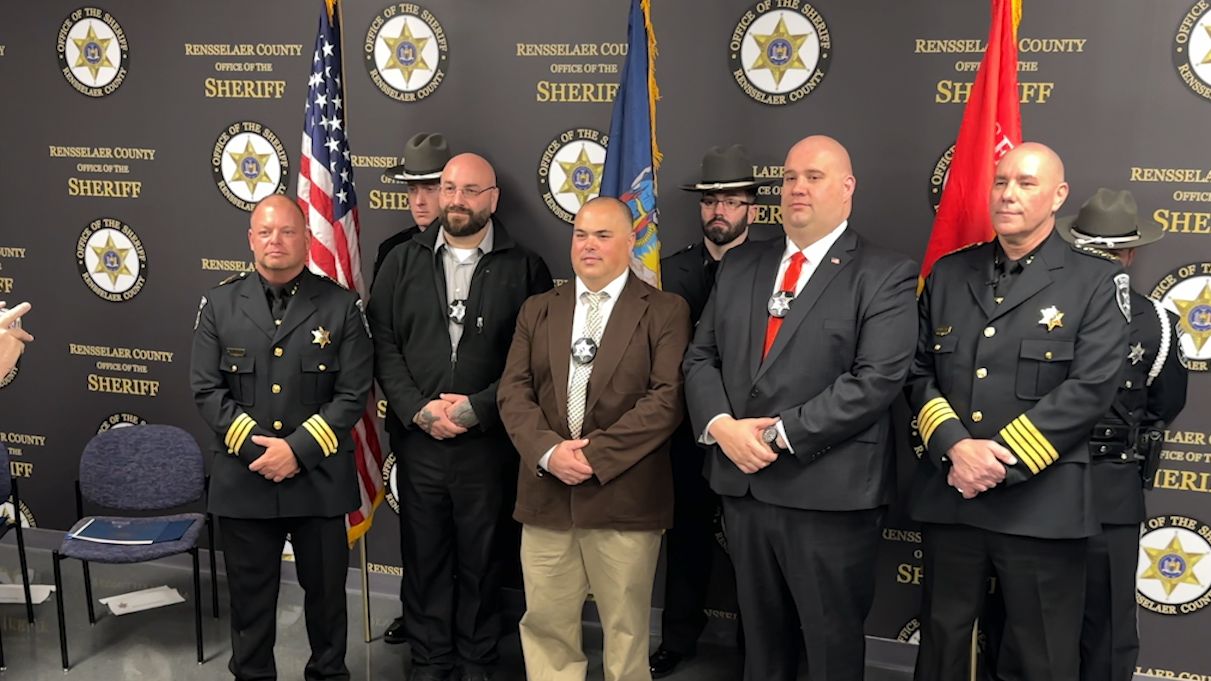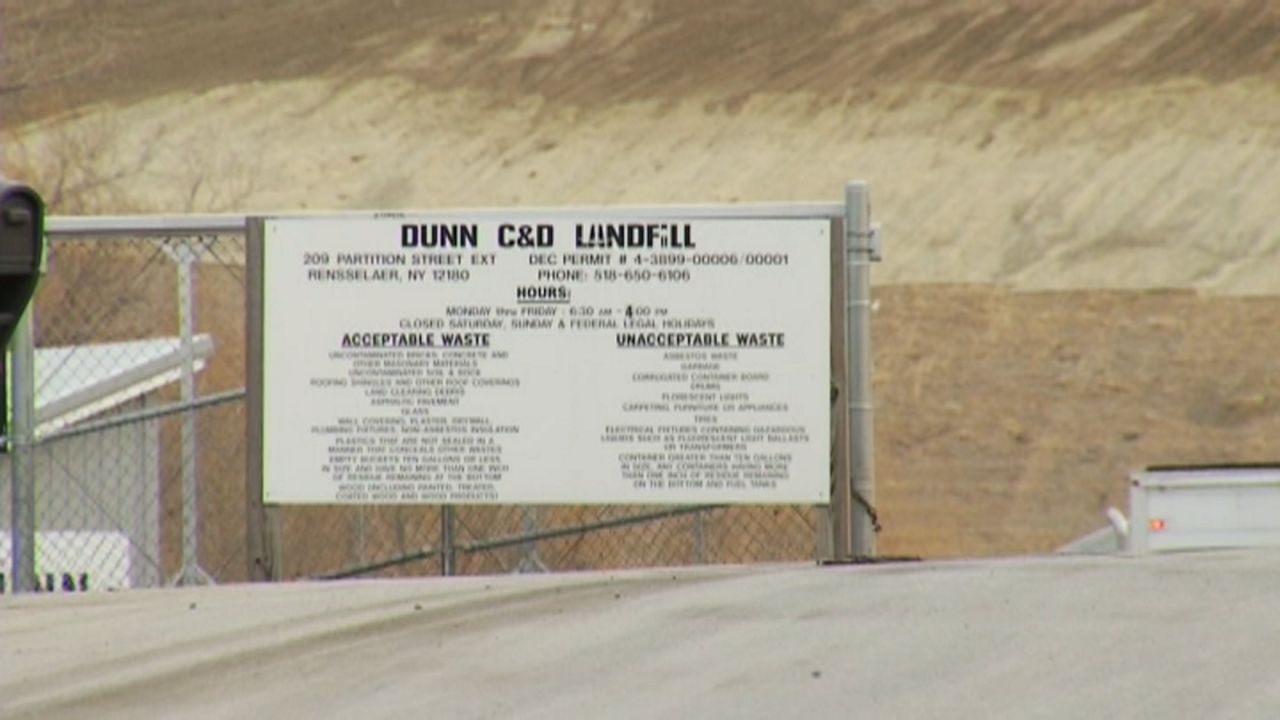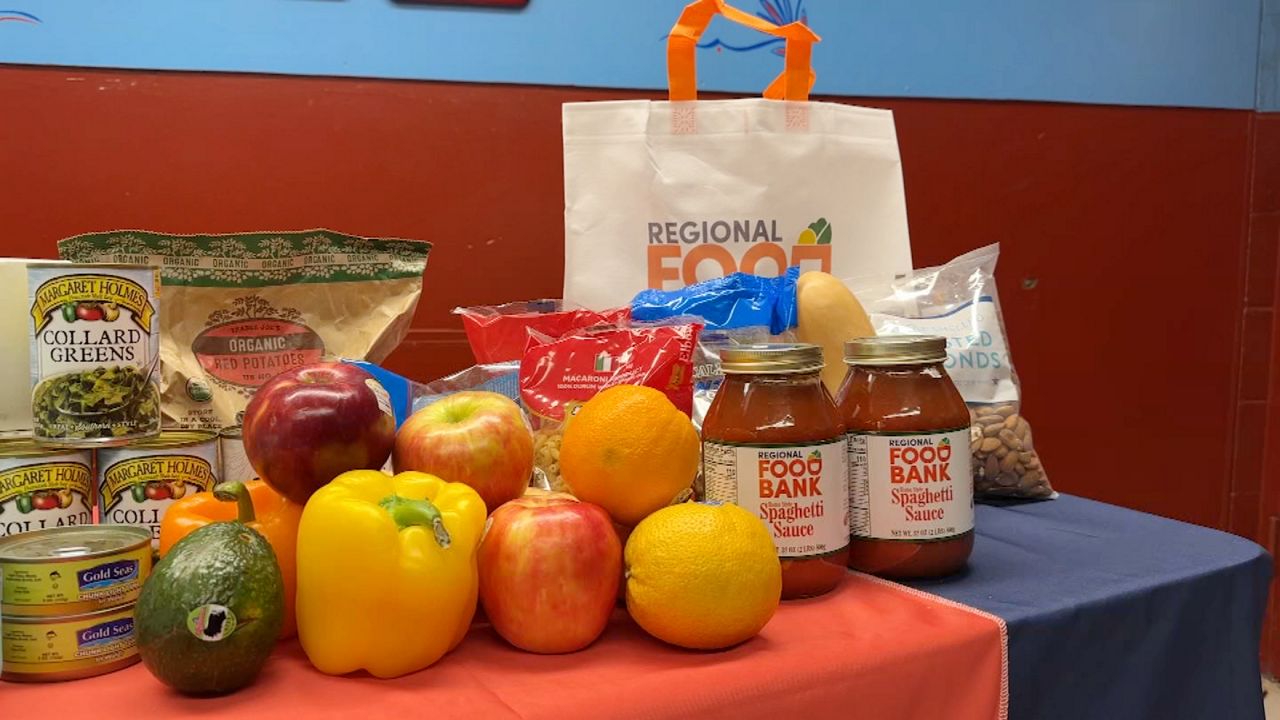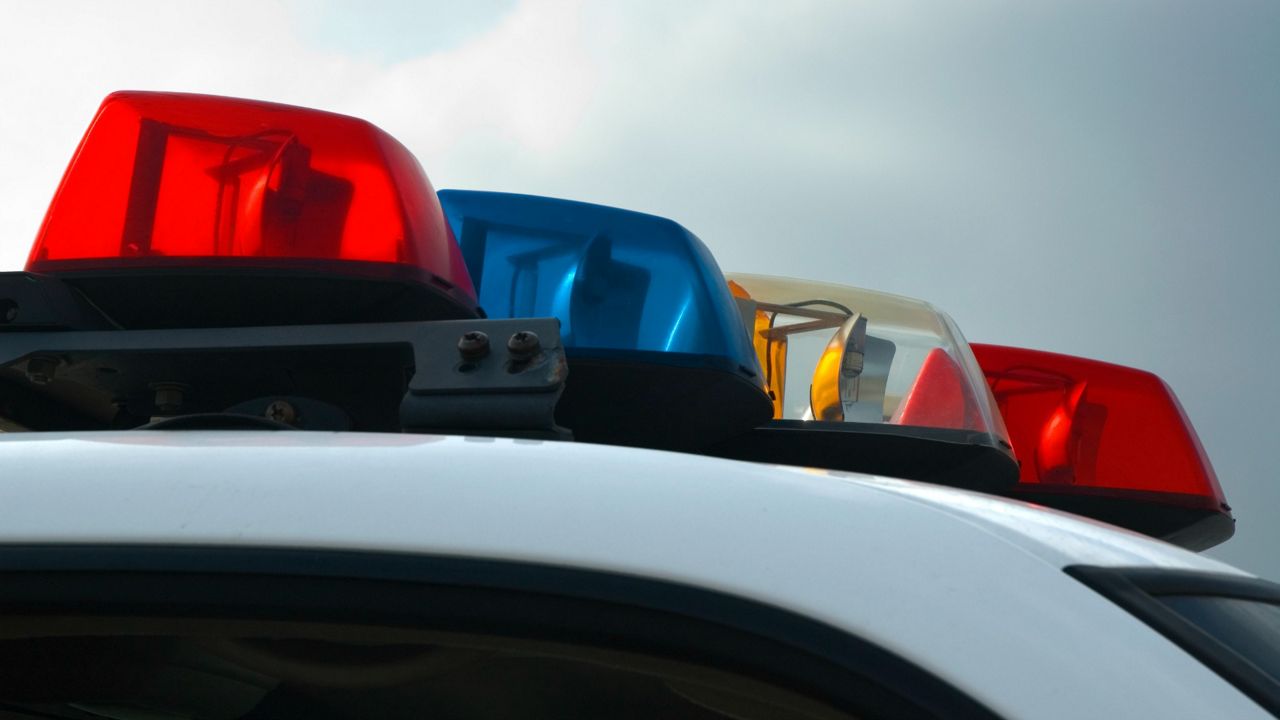RENSSELAER COUNTY, N.Y. -- The Rensselaer County Legislature is proposing a new law to further address the presence of an unregulated chemical at a superfund site in the town of Nassau.
The Dewey Loeffel Landfill was a dump site in the 1950s through the 1960s. In the 1980s, it was declared a superfund site. The presence of PCBs was found, in addition to 1,4-Dioxane, a potential cancer-causing contaminant. In the 1980s, it became a state superfund site, and cleanup has been underway ever since.
“We’re not going to sit and wait any longer for the state and federal government to take action on these carcinogens. We need to get them out and protect people’s health,” said Rensselaer County Executive Kathy Jimino.
A new proposed law from Rensselaer County legislators is aiming to regulate the amount of 1,4-Dioxane that can be discharged.
“This treatment plant that was constructed under EPA authorization is pulling that groundwater back towards the landfill and then treating that groundwater to get the contaminants out and then discharge it into the Valatie Kill, which is a trout stream and a Hudson River water shed area,” said Town of Nassau Supervisor David Fleming.
The water being discharged into the Valatie Kill does not impact drinking water for residents. Cleanup has been underway ever since, but this law will limit the amount of 1,4-Dioxane that can be discharged to .35 parts per billion, or ppb.
“The levels that are being released from this water treatment facility are significantly higher than we’re comfortable with,” said Jimino.
Each week, a cleanup report is released to the EPA showing the levels of 1,4-Dioxane in the water. Fleming says at times, the levels have been 30 times higher than .35 parts per billion, which is the limit that will be enforced if this law is passed.
“It’s a fantastic water treatment facility; however, it does not effectively clean 1,4-Dioxane unless the filtration systems are changed on a regular basis, on a more regular basis than we’re seeing right now,” said Fleming.
Under the proposed law, the companies responsible for cleanup at the site will be fined by the county if water samples exceeded .35 parts per billion. Though 1,4-Dioxane isn’t being discharged into drinking water, local government leaders want to ensure all water in the county is safe for residents.
“This property is owned by Rensselaer County. It was condemned, and therefore the county is saying we’re going to regulate our own property, and we’re going to say 'you can’t discharge from our property at limits that are going to affect the health of our residents.' I think this makes sense. It’s a unique approach,” said Fleming.
The legislature will vote on this proposal in November, but Jimino is confident it will pass unanimously. The EPA oversees the cleanup at the superfund site by GE and SI Group, the companies who polluted the landfill.
A representative from EPA says they will review the law before it is voted on. A representative said in part, "The groundwater extraction and treatment system at the Dewey Loeffel Landfill Superfund site collects and treats contaminated groundwater prior to the discharge of treated water to the Valatie Kill in compliance with limitations established by New York State. A specialized treatment system was installed in December 2014 to reduce levels of 1,4-dioxane and recent adjustments to the treatment system have further enhanced 1,4-dioxane removal in the treatment process. The EPA regularly evaluates monitoring data collected from the treatment system to ensure that the system is operating effectively. While detections of 1,4-dioxane are present in the treated water, the monitoring data collected to date continue to demonstrate that the treatment system is working effectively."
A representative from the DEC released this statement: "The New York State Departments of Environmental Conservation (DEC) and Health (DOH) continue to monitor the Environmental Protection Agency’s (EPA) ongoing cleanup of the Dewey loeffel landfill federal superfund site in Nassau NY. While New York State continues to urge EPA to set an enforceable nationwide standard for this emerging contaminate, and in absence of this leadership, Governor Cuomo has convened the New York State Drinking Water Quality Council to set a statewide standards for emerging contaminants like 1,4 Dioxane. The Drinking Water Quality Council held its first meeting last week, and is in the process of scheduling the next meeting in Albany."










